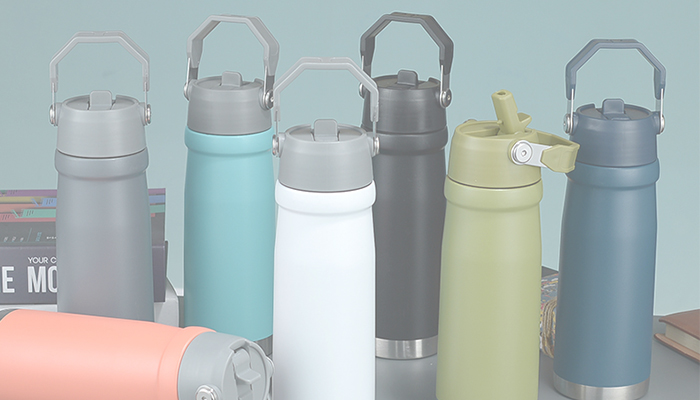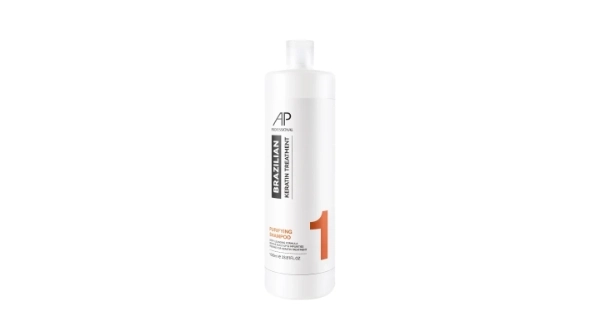Illuminating Your Shots: A Comprehensive Guide to Lighting Requirements in Photography
3 min readWhen it comes to photography, lighting is one of the most critical elements that can make or break an image. Whether you are a seasoned professional or an enthusiastic amateur, understanding how many lights you need for photography is essential for achieving the desired results. This article delves into the intricacies of lighting setups, offering practical insights and expert advice to help you illuminate your subjects effectively.
Understanding the Basics of Lighting in Photography
Before determining how many lights you need, it’s crucial to grasp the fundamental principles of lighting in photography. Light can be categorized into two main types: natural light and artificial light. Natural light, derived from the sun, varies in intensity and quality throughout the day, while artificial light sources, such as studio lights, flash units, and LED panels, provide more control over your lighting conditions.
Factors Influencing Lighting Needs
Several factors influence how many lights you may need for a photography session:
- Type of Photography: Different genres of photography require varying lighting setups. For instance, portrait photography often benefits from soft, diffused lighting, while product photography may require more focused, directional light to highlight textures and details.
- Location: The environment where you are shooting plays a significant role in your lighting needs. Outdoor shoots may rely heavily on natural light, while indoor settings often necessitate additional artificial lighting to compensate for low light conditions.
- Subject Matter: The characteristics of your subject can dictate your lighting requirements. For example, shooting a reflective surface like glass or metal may require more lights to avoid unwanted glare and shadows.
- Desired Mood and Style: The mood you wish to convey in your photographs can also influence your lighting setup. High-key lighting creates a bright and airy feel, while low-key lighting can evoke drama and intensity.
Determining the Number of Lights Needed
Now that we’ve established the factors at play, let’s explore how to determine the number of lights you need for your photography:
- Single Light Setup: For beginners or simple setups, one light can be sufficient. A softbox or umbrella can diffuse the light, creating a pleasing effect for portraits or still life. This setup is ideal for achieving a classic look with minimal equipment.
- Two Light Setup: A two-light setup is versatile and widely used in portrait photography. One light serves as the key light, illuminating the subject, while the second acts as a fill light to soften shadows. This configuration allows for more control over the lighting ratio and can enhance the three-dimensionality of your subject.
- Three Light Setup: For more complex lighting scenarios, a three-light setup is often employed. This includes a key light, fill light, and a backlight (or hair light) to separate the subject from the background. This arrangement adds depth and dimension, making it particularly effective for portraits and fashion photography.
- Advanced Setups: For commercial photography, product shoots, or creative projects, you may require multiple lights—often four or more. This allows for intricate lighting patterns, background illumination, and the ability to highlight multiple subjects or elements within the frame.
Practical Tips for Effective Lighting
- Experiment with Angles: The angle at which you position your lights can dramatically affect the outcome. Experiment with different angles to find the most flattering light for your subject.
- Use Modifiers: Light modifiers such as softboxes, reflectors, and diffusers can help control the quality of light, softening harsh shadows and creating a more pleasing effect.
- Consider Color Temperature: Different light sources emit varying color temperatures. Mixing lights with different temperatures can lead to unwanted color casts, so aim for consistency in your lighting setup.
- Test and Adjust: Always take test shots to evaluate your lighting. Adjust the intensity, angle, and distance of your lights as needed to achieve the desired effect.
Conclusion
Determining how many lights you need for photography is not a one-size-fits-all answer; it depends on various factors including your subject, location, and desired outcome. By understanding the principles of lighting and experimenting with different setups, you can enhance your photography skills and create stunning images that capture the essence of your subjects. Remember, effective lighting is about quality, control, and creativity—so don’t hesitate to explore and innovate in your lighting techniques. Happy shooting!



